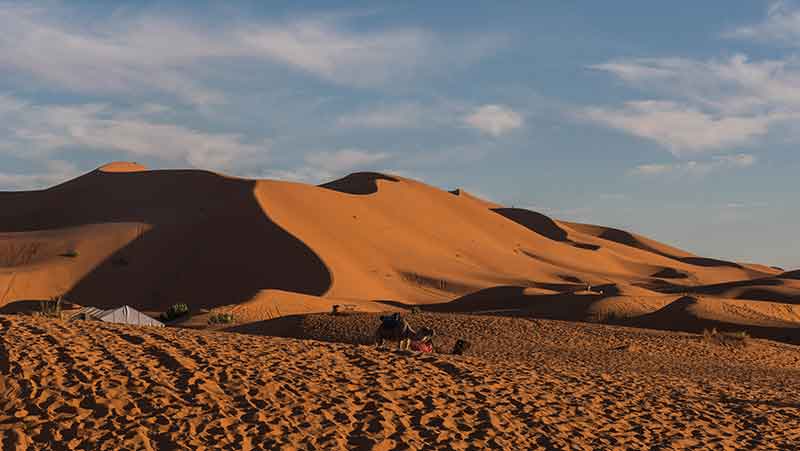Hollywood tour company, Star Track Tours, is known for—what else?—the best tours of Hollywood, Beverly Hills and celebrity homes, but there are real people behind our company and some of those people are pet owners and lovers. One of Star Track’s employees owns a beautiful female Akita who just gave birth to SEVEN adorable puppies! This was a great surprise given that we only expected five. Star Track Tours got two bonus puppies in the deal. Mother and pups are doing fine. If you take one of our tours of Hollywood or the Hollywood Sign tour be sure to ask how about the puppies. If you act fast, you can help name them. Just go to our facebook page and find our post about the new arrivals and leave you recommendations as a comment.

Hollywood tour company puppies
The Akita is a powerful and noble dog breed with origins in Japan. Known for their loyalty, strength, and dignified demeanor, Akitas were initially bred for hunting large game, such as wild boar, deer, and even bears. There are two types: the Japanese Akita (or Akita Inu) and the American Akita, both of which differ slightly in appearance but share many core traits.
History and Origins
The Akita’s history dates back to feudal Japan, where it was developed in the mountainous regions of the Akita Prefecture on the island of Honshu. Originally bred for hunting and guarding, the Akita Inu was cherished by the samurai class, and its loyalty became legendary in Japanese culture. Perhaps the most famous Akita is Hachiko, known for his unwavering loyalty to his owner, waiting for him at the Shibuya Station in Tokyo for years after his owner’s death. This story remains emblematic of the breed’s devotion.
In the early 20th century, Japan declared the Akita a national monument, and efforts were made to preserve the breed. Over time, the breed was crossbred with other large dogs, leading to the development of the American Akita. World War II played a significant role in spreading the Akita’s popularity beyond Japan, as American servicemen returning from the war brought Akitas home.
Physical Characteristics
Akitas are large, muscular dogs that can weigh between 70 and 130 pounds, with males typically larger than females. Their double coat is thick and plush, designed to protect them in harsh, cold climates. While the Japanese Akita has a more fox-like face and a leaner build, the American Akita is bulkier with a bear-like appearance.
The Akita comes in a variety of colors, including white, brindle, pinto, and red. The breed’s most distinct feature is its large, triangular head, paired with erect ears and small, dark eyes that give the Akita an alert and commanding expression. Its tail curls over its back, adding to its unique profile.
Temperament and Behavior
The Akita is known for its fearless, independent nature. While deeply loyal and affectionate with its family, it can be aloof with strangers, making it an excellent guard dog. This breed tends to be quiet but will bark when necessary, showing strong territorial instincts.

7 new Hollywood sign tour guides
Akitas are not generally known for getting along with other dogs, particularly dogs of the same sex. Early socialization and consistent training are essential to ensure that an Akita grows up to be well-behaved and balanced. While independent, they form strong bonds with their human families, often showing protective instincts toward children in the household.
One unique trait of the Akita is its tendency to “mouth” things, gently holding objects, hands, or even clothing in its mouth—a behavior that can be likened to carrying prey. While this is not a sign of aggression, owners should be mindful to discourage it if it becomes excessive.
Training and Socialization
Training an Akita requires patience, consistency, and a firm, confident approach. Due to their independent and strong-willed nature, Akitas may not always be eager to obey commands, but with positive reinforcement and proper leadership, they can become well-mannered companions. Early socialization is crucial to expose the Akita to different environments, people, and animals, reducing the risk of aggression or fearfulness.
Obedience training should begin as early as possible, focusing on establishing leadership. Akitas are intelligent dogs, and they can excel in various activities such as obedience trials, agility, and even therapy work when appropriately trained.
However, Akitas may not be suitable for first-time dog owners due to their dominant personality and the potential challenges they pose in training. They require an experienced owner who can provide consistent guidance, structure, and mental stimulation.
Exercise and Activity
Despite their calm and somewhat laid-back demeanor indoors, Akitas require regular exercise to maintain their physical and mental well-being. Daily walks and playtime in a secure, fenced yard are essential to keep them happy and healthy. While they are not as high-energy as some working breeds, Akitas enjoy physical challenges and need opportunities to release their energy.
Due to their independent and somewhat solitary nature, Akitas are content spending time alone, but they also appreciate the company of their owners. Engaging them in activities such as walking, hiking, or interactive playtime is essential for building a bond and keeping them stimulated.
Akitas are also known for being clean dogs, often grooming themselves like cats. They shed heavily twice a year during their “blowout” season, and regular grooming during this time will help manage the shedding. Otherwise, Akitas are relatively low-maintenance in terms of grooming, as their coats repel dirt and require minimal bathing.
Health and Lifespan
Akitas, like many large breeds, are prone to certain genetic health issues. Some common health concerns include:
Hip Dysplasia: A hereditary condition where the hip joint doesn’t develop properly, leading to arthritis and discomfort.
Progressive Retinal Atrophy (PRA): A degenerative eye disorder that can result in blindness over time.
Hypothyroidism: A condition where the thyroid gland is underactive, leading to weight gain, lethargy, and skin problems.
Autoimmune Diseases: Akitas are more prone to autoimmune conditions, which can affect various organs and systems.
To ensure a healthy Akita, regular veterinary checkups and a balanced diet are crucial. Akitas have a lifespan of about 10 to 15 years, and maintaining their health through proper care and nutrition can help extend their longevity.
Akita in Popular Culture
The Akita breed is well-known in popular culture, especially in Japan. The story of Hachiko, the loyal Akita who waited for his deceased owner for nearly a decade, has been immortalized in films, books, and a statue that stands at Shibuya Station in Tokyo. This story embodies the unwavering loyalty and devotion that Akitas are known for.
In addition to Hachiko, Akitas have appeared in various films, TV shows, and literature, further cementing their status as iconic dogs. Their majestic and imposing presence, combined with their dignified temperament, makes them a favorite in both fictional and real-world representations.
Is the Akita the Right Dog for You?
Akitas are not for everyone. While they are loving, loyal, and protective, they also require an experienced owner who can provide firm leadership and consistent training. Their independent nature can make them challenging to train, especially for first-time dog owners. However, for those who understand the breed’s needs and can provide the necessary structure, Akitas make devoted and loving companions.
Prospective owners should also be prepared for the time and effort required to socialize and train their Akita properly. This breed thrives in an environment where it can bond closely with its family while also receiving enough exercise and mental stimulation.
For those who are willing to meet the Akita’s needs, the rewards are immense. Akitas offer unparalleled loyalty, protection, and companionship, making them an ideal choice for experienced dog owners who appreciate a breed with a strong sense of independence and devotion.
The Akita is a breed that commands respect and admiration, both for its physical prowess and its deep bond with its human family. With a history rooted in loyalty, strength, and nobility, the Akita is more than just a pet—it’s a guardian and companion that leaves a lasting impact on those who are fortunate enough to share their lives with one. Whether as a protector, a loyal friend, or a symbol of loyalty, the Akita continues to be cherished by dog lovers worldwide.













